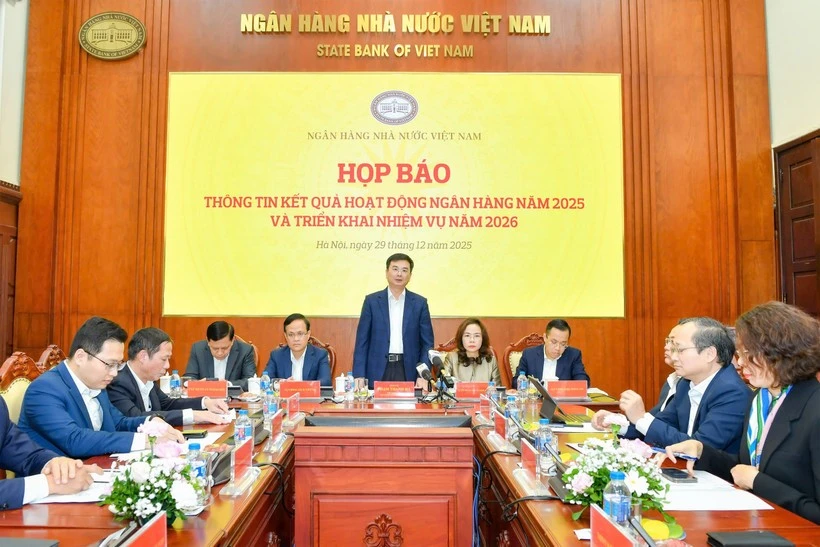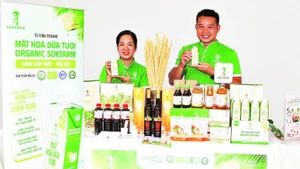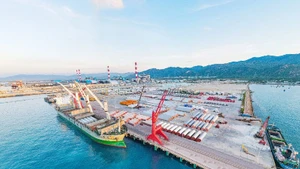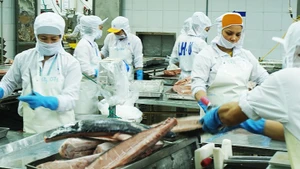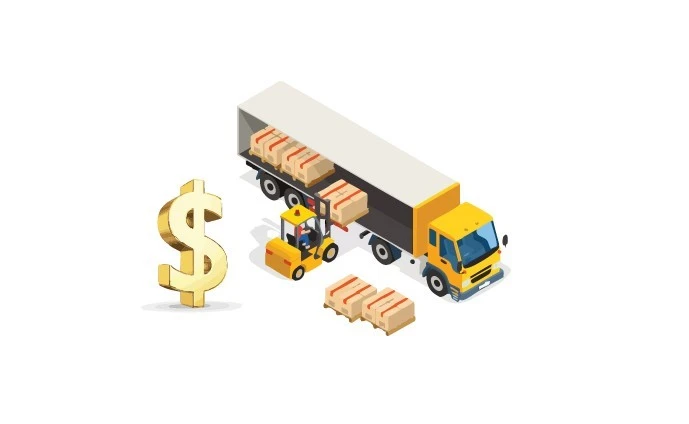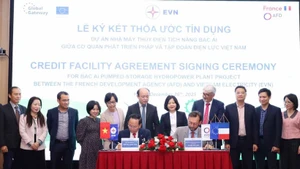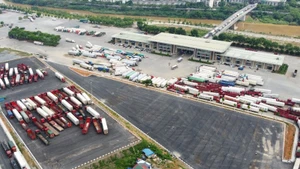In order to stabilise production and develop sustainably, textile and garment enterprises need to carry out measures in a flexiblemanner to adapt to the developments of the market.
In the past six months, the total export turnover of textiles and garments reached more than 22.3 billion USD, a year-on-year increase of 17.7%. However, with the annual plan target of 43.5 billion USD, the road ahead is still arduous and requires businesses to make greater efforts right from now.
Taking the initiative in overcoming difficulties
According to General Director of Garment 10 Corporation Than Duc Viet, the company has faced many difficulties due to the negative impact of the COVID-19 pandemic and geopolitical uncertainties in some countries, especially the sharp decrease of consumption demand. Thanks to the proactive application of flexible and appropriate solutions, the company's revenue reached nearly 2.1 trillion VND in the past six months, up 45.28% over the same period last year. Meanwhile, its export revenue climbed over 1.93 trillion VND, up 51.95%, while its average income reached 9.04 million VND per person per month, up 13%.
However, it is forecast that Garment 10 Corporation will face many difficulties in the near future because the US economy, one of the company's important export markets, is expected to grow slowly, leading to a decrease in demand for fashion shopping.Therefore, to balance production and business, Garment 10 Corporation will continue to invest in technological equipment and complete the project of expanding the Bim Son factory according to green factory standards, and improve the management and application of digital transformation technology, while also keeping abreast of market developments to make timely solutions to boost production and exports.
Similarly, according to General Director of Hanoi Textile and Garment Joint Stock Corporation (Hanosimex) Ho Le Hung, thanks to the proactive implementation of solutions to stabilise production and business, the company's factories have operated continuously and effectively. As a result, the six-month revenue of Hanosimex exceeded 967 billion VND, up 123% over the same period last year and reaching 54% of the set plan for the year. Its profit was more than 68 billion VND, marking a year-on-year increase of 302% and reaching 102% of the year plan.
In order to achieve a total revenue of more than 1,789 billion VND in accordance with the annual plan, the corporation will focus on expanding market, seeking orders, developing customers and taking advantage of opportunities from new generation free trade agreements. In addition, the company will strengthen its governance, strictly control products’ quality and invest in modern equipment to improve productivity, balance foreign currency sources and interest rates and flexibly use loans to increase competitiveness.
Hoa Tho Textile-Garment Joint Stock Corporation earned a revenue of 2.587 trillion VND and export turnover of 142 million USD in the past six months, up 57% over the same period. Achieving 69% of the year plan, its profit reached 150 billion VND, a year-on-year increase of 193%. The company will focus on synchronously implementing specific measures in governance, market, production, investment, information-technology application and digital transformation.
Diversifying the market
General Director of Vietnam National Textile and Garment Group (Vinatex) Cao Huu Hieu said the group’s revenue reached 10.4 trillion VND, a year-on-year increase of 39%, thus achieving 57.4% of the whole-year plan. Its pre-tax profit reached more than 980 billion VND, up 55.6% over the same period last year and hitting 103% of the year plan. In order to achieve the above-mentioned achievements, the Group and its subsidiaries have regularly monitored market developments, improved production management, and taken advantage of good prices of cotton thanks to early purchase in 2021.
However, the market has witnessed many unfavourable signs since March 2022. It is forecast that Vietnam's textile and garment industry and Vinatex will still face many difficulties in the final six months of the year. For example, from the beginning of the year until now, the price of cotton has increased continuously but the price of yarn has not increased accordingly, causing the profit margin of yarn production units to decrease markedly. Cotton prices tend to decrease, causing low yarn prices; meanwhile, manufactured cottons that have been purchased during the period of high cotton prices to keep up with production lead to a very high possibility of losses for the yarn industry. On the other hand, the market situation is also quite bleak with large inventory.
For the garment industry, the orders showed signs of slowing down. Most of the enterprises signed contracts until the end of October due to the decrease in world demand following the COVID-19 pandemic the phenomenon of "overbought" for the knitted products in the second half of 2021 and the beginning of 2022, causing overcapacity in import markets. In addition, the shortage of workers and supply of raw materials, along with high prices and increased production costs, especially logistics and labour costs, have also caused more difficulties for the garment industry.
Therefore, in order to take initiative in production towards making breakthroughs and fulfil the set goals, businesses need to strengthen linkages between production and supply chains, form production and business divisions in accordance with industries to jointly support and coordinate, ensuring maximum mobilisation of all resources in the bloc. It is also essential to perfect advanced management tools, speed up digital transformation, develop human resources to meet production requirements. In addition, it is crucial to diversify the market, flexibly convert suitable products and seek source raw materials towards reducing production costs.
According to Chairman of the Vietnam Textile and Apparel Association (VITAS) Vu Duc Giang, 2022 is the year in which textile and garment enterprises will gradually recover after two years of being heavily affected by the COVID-19 pandemic. The Although the production achieved positive results in the first months of the year, Vietnam's textile and garment industry has continued to face many challenges. Some major export markets are at risk of decline. Important trading partners of Vietnam such as China, Japan, Taiwan (China) have been still applying strict anti-epidemic measures, significantly affecting the supply chain of raw materials and the consumption of textile products from Vietnam.
Furthermore, inflation in major markets for textile and garment exports from Vietnam, including the US and EU, as well as the complicated developments of the Russia-Ukraine conflict have caused a rise in raw materials and fuels’ prices, causing the costs of enterprises to increase by 20-25%. In addition, the disadvantage of exchange rate with competitors, the labour shortage after the pandemic and the requirements related to tracing the origin of cotton, fabric and yarn and greening textiles and garments from FTAs are also challenges that Vietnam's textile and garment businesses has been facing.
Therefore, in order to achieve the goal of sustainable development, businesses need to catch up with market trends and boost investment in machinery and technology and green transformation to adapt to the requirements of brands as well as strengthen measures to train and develop appropriate resources to promote exports and soon complete the set goals. In addition, the Government and ministries need to make policies to cut taxes and fees, support businesses to access preferential capital and complete concentrated industrial parks so that businesses can invest in and accelerate the production and export of goods.



